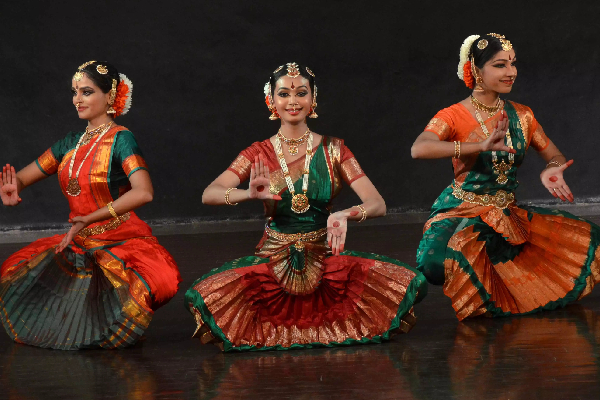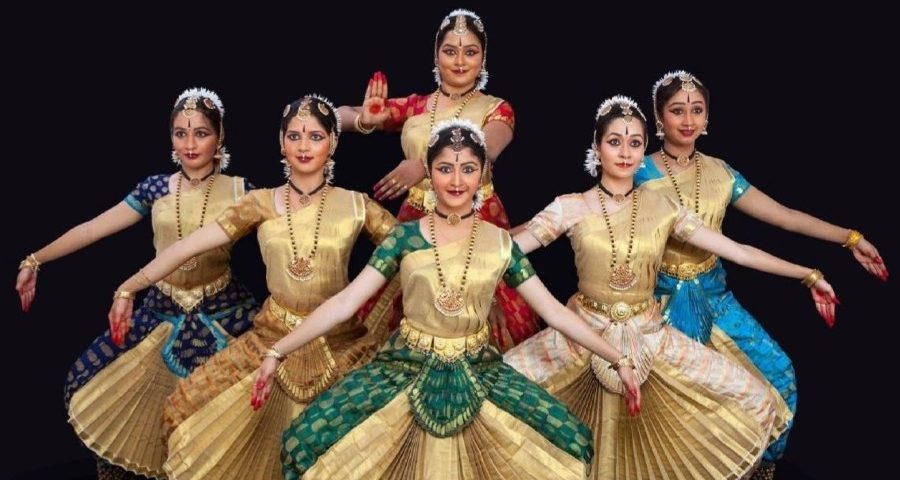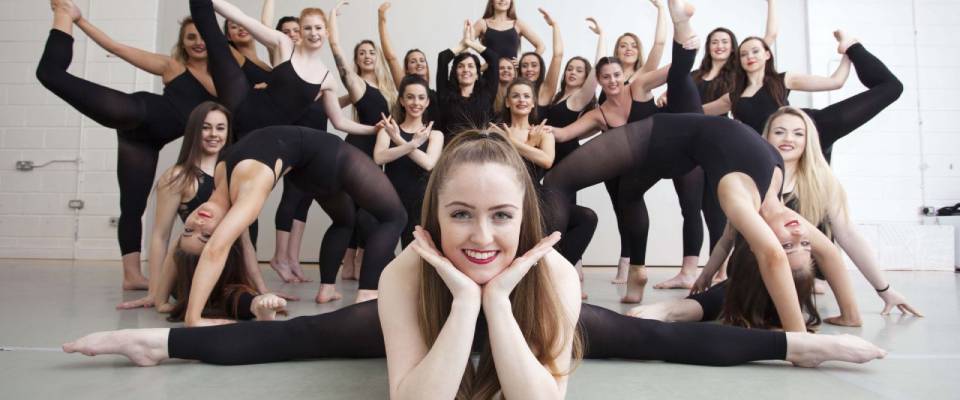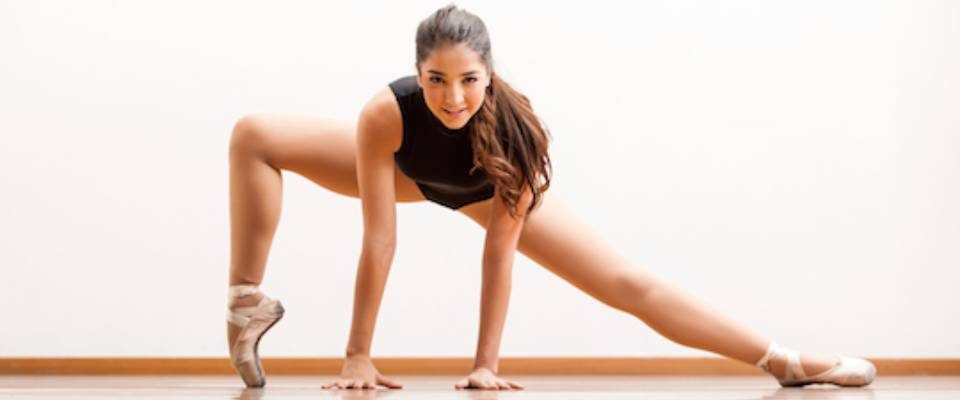Pattern of Bharatanatyam: An Overview

Beating The Competitive Exam Stress With Dance
March 1, 2020In Bharatanatyam, Bharatanatyam is a dance that follows a pattern. This pattern is more structured and systematic than some other dances. Geethalayam, a renowned school of Bharatham in Chennai (https://geethalayam.com/) quotes the following pattern to be followed in Bharatanatyam ever since its origin
Alaripu:
The formal name of Alaripu The ‘Alaripu,’ a rhythmic invocation (vandana), is featured in the first segment of the presentation. The dancer, as well as the guru and the assembled performing group, seek blessings from the Gods and Goddesses.It assists the dancer in warming up and transitioning to a single-minded focus because it is a pure dance.
Jatiswaram:
Jatiswaram is the name of an Indian temple. ‘Jatiswaram’ is a performance that adds melody to Alaripu’s movement. With no words spoken, it remains a technical performance in its purest form.
Shabdam:
The next collection of performances is called ‘Shabdam,’ which means voicing words. The dancer, along with vocalists and instrumentalists, performs brief word and meaning compositions in a variety of moods.

Varnam:
Varnam is the longest segment and nritya, and it can take anywhere from 30-45 minutes to an hour, depending on the dancer’s experience.The artist uses bodily movements to execute the main composition or play, silently transmitting texts through gestures and footwork in time with the music.
The dancer performs dynamic gestures such as shifting facial expressions when expressing a verse or emotion at two speeds.
Padam:
The next collection, ‘Padam,’ is full of simplicity and gentle facial expressions, as it is traditionally associated with expressions of devotional religious worship or a spiritual message. The music is light and gentle, the background chants are intimate, and the dancer expresses an emotional taste known as ‘Rasa.’
Thillana:
The output sequence’s Nritya section comes to a climax and then returns to Nritta, where a series of pure movement and music are rhythmically performed.
Shlokam or Mangalam:
The seventh and final part of the series is either ‘Shlokam’ or ‘Mangalam.’ Finally, the dancer asks for blessings for everyone in the theater, and the sequence comes to a close.




